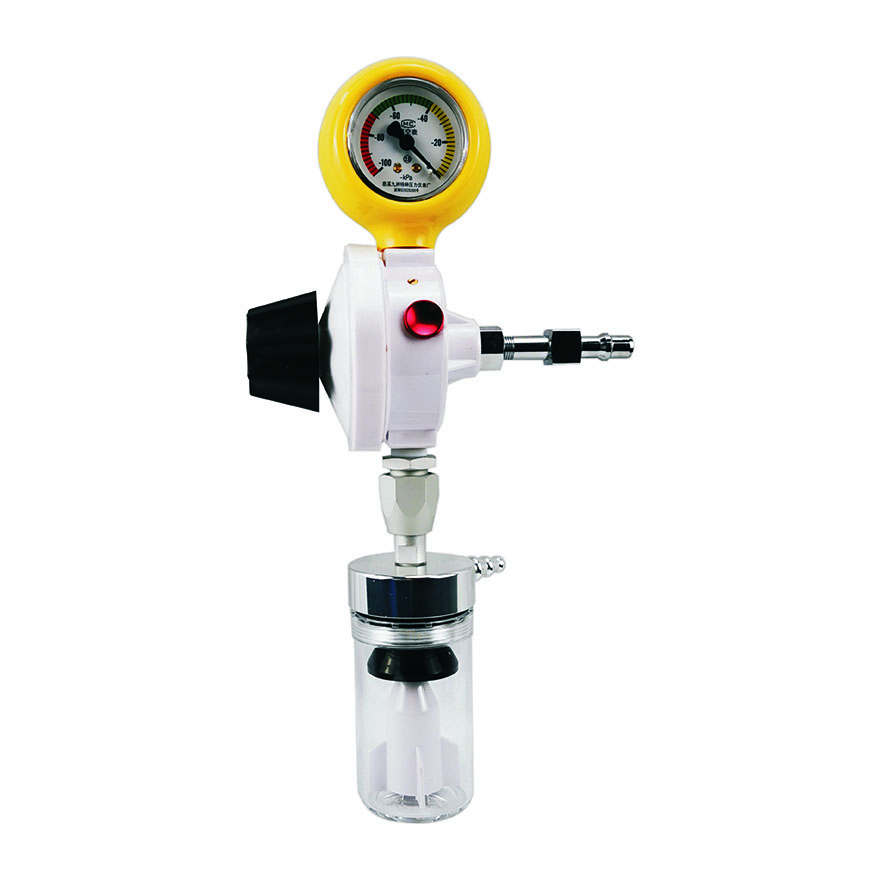
- English
- Español
- Português
- русский
- Français
- 日本語
- Deutsch
- tiếng Việt
- Italiano
- Nederlands
- ภาษาไทย
- Polski
- 한국어
- Svenska
- magyar
- Malay
- বাংলা ভাষার
- Dansk
- Suomi
- हिन्दी
- Pilipino
- Türkçe
- Gaeilge
- العربية
- Indonesia
- Norsk
- تمل
- český
- ελληνικά
- український
- Javanese
- فارسی
- தமிழ்
- తెలుగు
- नेपाली
- Burmese
- български
- ລາວ
- Latine
- Қазақша
- Euskal
- Azərbaycan
- Slovenský jazyk
- Македонски
- Lietuvos
- Eesti Keel
- Română
- Slovenski
- मराठी
- Srpski језик
- 简体中文
How Does a Vacuum Regulator Works?
2024-05-29
The vacuum regulator, also known as the vacuum pressure controller or vacuum pressure gauge, is a key measurement and control tool, especially used to ensure that the vacuum system operates stably at the required working pressure. It has a wide range of applications in many fields, such as scientific research experiments, industrial production processes, and high-end medical equipment, especially in environments where the air pressure control accuracy is extremely high.
The working mechanism of the vacuum regulator can be briefly summarized as follows:
1. Pressure perception: A high-precision pressure sensor is integrated inside the regulator, which can sense and measure the vacuum or low pressure state in the system in real time. Once the pressure in the system deviates from the preset safety or working range, the sensor will respond quickly.
2. Signal analysis: The pressure signal detected by the sensor is transmitted to the control unit of the regulator. The control unit will quickly and accurately analyze these signals to determine whether the current pressure state meets the preset requirements.
3. Execution adjustment: Based on the analysis results of the control unit, the vacuum regulator will issue a command to adjust the pressure in the system by driving the corresponding actuator (such as a motor or air pump). If the pressure is low, the input will be increased to increase the pressure; conversely, if the pressure is high, the input will be reduced or the actuator will be closed to reduce the pressure.
4. Closed-loop feedback: The entire regulation process is a closed-loop system, which means that the regulator will continuously monitor the pressure changes in the system and adjust the output of the actuator in real time as needed to ensure that the pressure in the system is always maintained within the preset stable range.
In this way, the vacuum regulator can not only accurately control the pressure of the vacuum system, but also ensure the stability and reliability of the system, thereby meeting the needs of different application scenarios.



